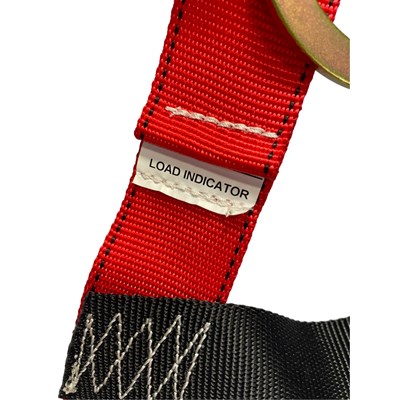Ensuring worker safety is paramount in industries that involve working at heights, such as construction, roofing, and maintenance. A critical component of fall protection systems is the safety harness. Selecting the right harness involves understanding various standards and features that contribute to both safety and comfort. This article explores key aspects of fall protection harness, including ANSI Z395 standards, OSHA compatibility, comfort considerations, and specific designs for roof safety.
Understanding ANSI Z395 Standards
The American National Standards Institute (ANSI) Z395 series sets the benchmark for personal fall protection systems used in construction and general industry. These standards ensure that harnesses provide adequate protection against falls and meet rigorous safety requirements. Key aspects of ANSI Z395 include:
Performance Requirements: Ensures harnesses can withstand specific forces during a fall without failure.
Design Specifications: Details on harness construction, including materials, stitching, and hardware.
Testing Protocols: Comprehensive testing methods to validate the harness’s effectiveness and durability.
Compliance with ANSI Z395 is essential for manufacturers and users to guarantee that the harnesses provide reliable protection in real-world scenarios.
OSHA Compatibility: Meeting Regulatory Standards
The Occupational Safety and Health Administration (OSHA) sets regulations to ensure workplace safety, including standards for fall protection. OSHA-compatible harnesses adhere to these regulations, which include:
Proper Fit and Adjustment: Harnesses must fit the user correctly to distribute forces evenly and prevent injury.
Secure Attachment Points: Must have reliable anchor points for connecting to fall arrest systems.
Regular Inspections: Guidelines for routine checks to identify wear and tear or damage.
Using OSHA-compatible harnesses not only ensures compliance with legal requirements but also enhances overall workplace safety by minimizing the risk of falls and related injuries.
Comfortable Safety Harness: Balancing Protection and Comfort
While safety is the primary concern, comfort plays a significant role in the effective use of safety harnesses. A comfortable harness encourages proper use and reduces fatigue during extended periods of wear. Features that contribute to comfort include:
Adjustable Straps: Allow for a customized fit to accommodate different body sizes and shapes.
Breathable Materials: Reduce heat buildup and moisture, enhancing comfort in various working conditions.
Padding: Provides cushioning in high-contact areas to prevent chafing and pressure points.
Lightweight Design: Minimizes the burden on the user, making it easier to move and work efficiently.
Investing in a comfortable safety harness can lead to better compliance and fewer instances of improper use, thereby enhancing overall safety.
Roof Safety Harness: Specialized Protection for Roofing Tasks
Roofing presents unique challenges due to the elevated and often precarious nature of the work environment. A roof safety harness is specifically designed to address these challenges by offering:
Enhanced Mobility: Allows workers to move freely while maintaining a secure connection to fall protection systems.
Weather-Resistant Materials: Protects against the elements, ensuring durability and reliability in various weather conditions.
Integrated Gear Loops: Provides convenient attachment points for tools and equipment, reducing the need to carry items separately.
Low-Profile Design: Minimizes snagging on roofing materials and structures, enhancing safety and efficiency.
Choosing the right roof safety harness is crucial for preventing falls and ensuring that roofing professionals can perform their duties safely and effectively.
Selecting the appropriate fall protection harness involves considering multiple factors, including adherence to ANSI Z395 standards, OSHA compatibility, comfort, and specific design features for tasks like roofing. By understanding these aspects, employers and workers can make informed decisions that enhance safety, compliance, and overall job performance. Investing in high-quality fall protection harnesses is a vital step towards creating a safer workplace and protecting the well-being of those who work at heights.

No Responses